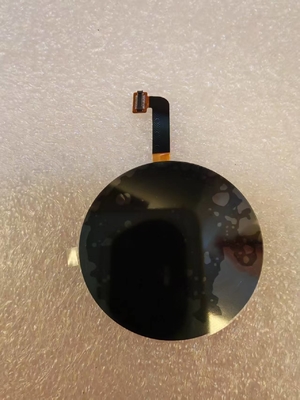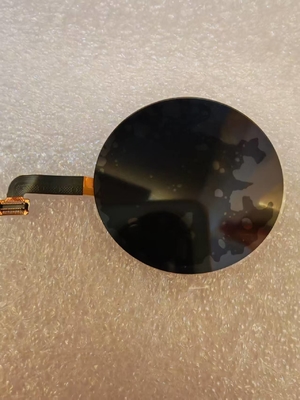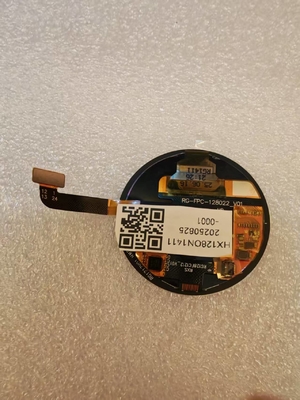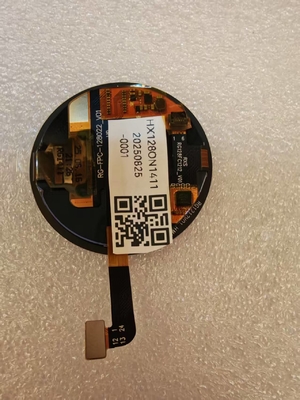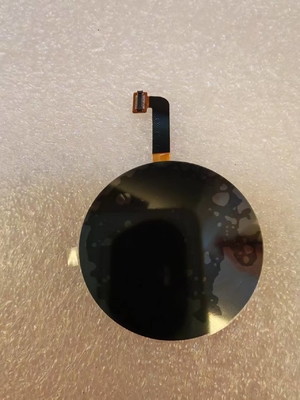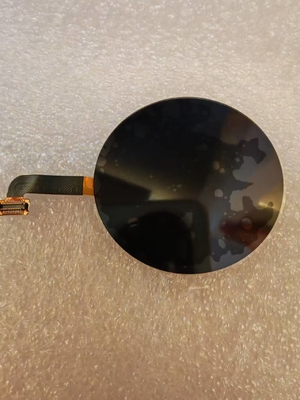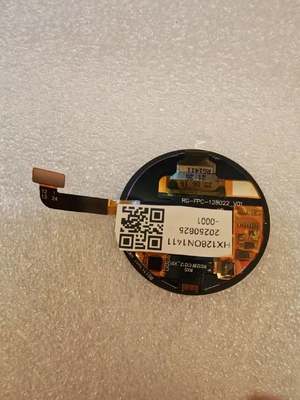-
Layar TFT LCD
-
Layar TFT Layar Sentuh
-
Layar TFT Bulat
-
tampilan warna tft
-
Modul layar AMOLED
-
Layar OLED mikro
-
TFT Tipe Batang
-
Tampilan TFT persegi
-
Layar LCD Kecerahan Tinggi
-
Tampilan LCD COB
-
TFT yang Dapat Dibaca Sinar Matahari
-
Layar TFT UART
-
Modul Layar LCD
-
tampilan PMOLED
-
Tampilan epaper
-
Tampilan Digital LED
-
Panel sentuh kapasitif
1.28 Inch Round AMOLED Panel 360X360 Titik QSPI Interface Driving IC GC9C01
| Tempat asal | CINA |
|---|---|
| Nama merek | HuaXin |
| Sertifikasi | ISO14001/ ISO9001/IATF16949 |
| Nomor model | HX128ON1411 |
| Dokumen | HX128ON1411-SPEC.pdf |
| Kuantitas min Order | 1000 |
| Harga | 5.6 |
| Kemasan rincian | Kotak blister+busa+tas gelembung+di dalam karton+karton master |
| Waktu pengiriman | 6 minggu ~ 8 minggu |
| Syarat-syarat pembayaran | T/t |
| Menyediakan kemampuan | 50K per bulan |

Hubungi saya untuk sampel dan kupon gratis.
Ada apa:0086 18588475571
Wechat wechat: 0086 18588475571
Skype: sales10@aixton.com
Jika Anda memiliki kekhawatiran, kami menyediakan bantuan online 24 jam.
x| Teknologi tampilan | bundar amoled | Nama | Tampilan OLED |
|---|---|---|---|
| Ukuran | 1,28" | Resolusi | 360x360 |
| Kecerahan | 400c/d | Antarmuka | QSPI |
| Mengemudi IC | GC9C01 | ||
| Menyoroti | Layar AMOLED bundar 1,28 inci,Panel AMOLED resolusi 360x360 |
||
| Nomor Bagian: | HX128ON1411 |
|---|---|
| Mode Tampilan | Tampilan AMOLED bulat 1.28 inci |
| Ukuran Garis Luar (mm) | 35.88(T) *38.44(L)*1.6(T) |
| Ukuran AA (mm) | 33.48*33.48 |
| Titik Tampilan | 360X360 |
| Sudut Pandang | SEMUA |
| Kecerahan | 400C/D |
| Antarmuka | QSPI |
| IC Penggerak | GC9C01 |
- Lebih ringan dan lebih tipis dari LCD
- Kontras tinggi dan saturasi warna
- Konsumsi daya lebih rendah
- Biaya lebih tinggi dibandingkan LCD dan TFT
- Umur lebih pendek dari LCD dan TFT
- Lokasi pabrik yang hemat biaya di kota pedalaman
- Peralatan canggih untuk kualitas yang stabil
- Proses yang sepenuhnya otomatis untuk efisiensi
- Insinyur berpengalaman dengan pengalaman 20+ tahun di bidang LCD
- Kemampuan desain produk khusus
- ISO14001
- ISO9001/IATF16949
- SGS modul LCD
Huaxin Technology (Enshi) Co., LTD
Hubei, Enshi
Didirikan: 2009
Perusahaan teknologi tinggi yang mengkhususkan diri dalam R&D, produksi, dan penjualan LCD, LCM, TFT, lampu latar, dan OLED
Lini produk meliputi seri VA, TN, HTN, STN, FSTN, CSTN LCD dan seri COB, TBA, COG, TP, LED backlight LCM
Modal terdaftar: 20 juta
Staf saat ini: 500+ (10% R&D, 15% QC)
| Kapasitas Produksi Tahunan | 2021 (Saat Ini) | 2022 (Tujuan) | 2023 (Tantangan) | 2024 (Tantangan) | 2025 (Tantangan) | Keterangan |
|---|---|---|---|---|---|---|
| Produksi LCD | 4.5 | 9 | 9 | 9 | 9 | Satuan: ribuan logaritma/Hari |
| Produksi LCM | 70 | 150 | 300 | 450 | 450 | Satuan: Ribu buah/Hari |
| Produksi Lampu Latar | 100 | 200 | 300 | 500 | 500 | Satuan: Ribu buah/Hari |
| Produksi OLED | 10 | 20 | 30 | 40 | 50 | Satuan: Ribu buah/Hari |
- Kotak pengaman & instrumen
- Kunci & rumah pintar
- Pemancar & jam tangan
- Jam tangan & radio
- Kollimator & navigator
- Piksel Emisi Sendiri
- Rasio Kontras Tinggi
- Akurasi Warna dan Semarak yang Sangat Baik
- Sudut Pandang Lebar
- Efisiensi Daya
- Ketipisan dan Fleksibilitas
- Waktu Respons Cepat
- Tampilan AMOLED mengkonsumsi daya per-piksel, dengan konten gelap menggunakan daya minimal
- Tampilan LCD/LED memerlukan daya lampu latar konstan terlepas dari konten
- AMOLED lebih efisien untuk konten gelap karena piksel dapat dimatikan
- Konsumsi daya LCD/LED tetap konstan untuk semua konten
- AMOLED dapat menyesuaikan kecerahan piksel secara individual untuk efisiensi yang lebih baik
- LCD/LED biasanya memiliki kecerahan lampu latar tetap
- AMOLED lebih efisien untuk tampilan yang lebih kecil karena konsumsi berskala dengan piksel
- LCD/LED yang lebih besar mungkin memerlukan lampu latar yang lebih boros daya



